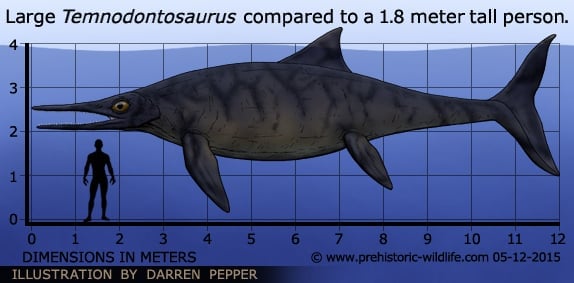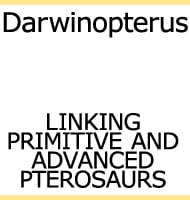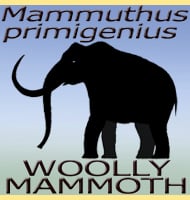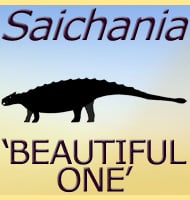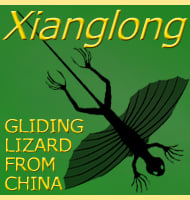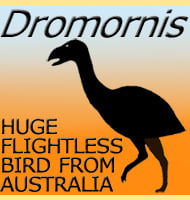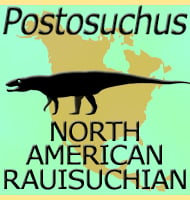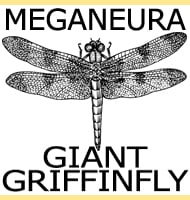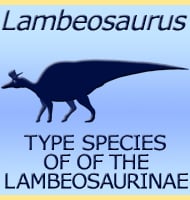In Depth
Temnodontosaurus is one of the oldest and largest ichthyosaurs known to science, and while there are a few species associated with the genus, the most obvious differences between these are the size and proportions of the jaws. Temnodontosaurus fossils have been so well preserved that they reveal stomach contents of ammonites and cephalopods like squid. Juvenile specimens have also been reported inside Temnodontosaurus remains, but in a position that suggests they were waiting to be born rather than being digested. Live birth in ichthyosaurs like Temnodontosaurus has long been suspected as their fusiform bodies that are so much like fish would make it impossible for them to climb onto land.Study of other genera such as Ophthalmosaurus amongst others have helped to confirm the theory of live birth in ichthyosaurs. Like most large ichthyosaurs, Temnodontosaurus is thought to have been a marine reptile of deep water, mostly rising to the surface just to breathe in fresh air.
Temnodontosaurus had large eyes that were roughly twenty centimetres across. These large eyes would have enabled Temnodontosaurus to see better when in deep water where most of the above sunlight could not penetrate. The large eyes providing a greater catch area for the little available light would allow Temnodontosaurus to distinguish ammonite forms against the dim oceanic backdrop. Aside from ammonites found inside Temnodontosaurus fossils, further support for this hunting behaviour comes from study of the teeth which reveals that they had robust roots so that they could withstand the stresses of cracking shells without breaking off.
Ammonites would have been a plentiful food supply back in the Jurassic oceans, and one that could not have required a great amount of energy expenditure to catch. This suited the large body of Temnodontosaurus as it would require large amounts of a stable food supply to keep going. It is hard to say how the large size came about however but a larger body can carry more oxygen for Temnodontosaurus to stay hunting down in the depths for longer. It’s possible that the earlier ancestors of Temnodontosaurus came across the plentiful supply of deep water cephalopods and grew larger to take better advantage of it. However this greater size also brought a greater reliance upon them, a specialisation that could bring the end of the genus with the disappearance of the prey.
Further Reading
– A revision of the longipinnate ichthyosaurs of the Lower Jurassic of England, with descriptions of two new species (Reptilia: Ichthyosauria) – C. McGowan – 1974. – Temnodontosaurus risor is a Juvenile of T. platyodon (Reptilia: Ichthyosauria) – C McGowan – 1995. – A longirostrine Temnodontosaurus (Ichthyosauria) with comments on Early Jurassic ichthyosaur niche partitioning and disparity – Jeremy E. Martin, Valentin Fischer, Peggy Vincent & Guillaume Suan – 2010. – First temnodontosaurid (Ichthyosauria, Parvipelvia) from the Lower Jurassic of the Atacama Desert, northern Chile. – Journal of South American Earth Sciences. – R. A. Otero & P. 2020 – 2020. – A revision of Temnodontosaurus crassimanus (Reptilia: Ichthyosauria) from the Lower Jurassic (Toarcian) of Whitby, Yorkshire, UK. – Historical Biology. – E. J. Swaby & D. R. Lomax – 2020.
